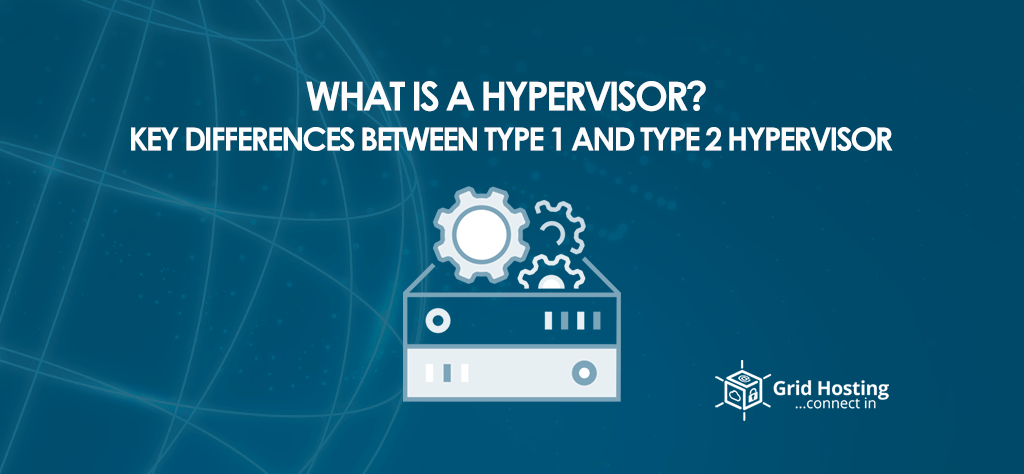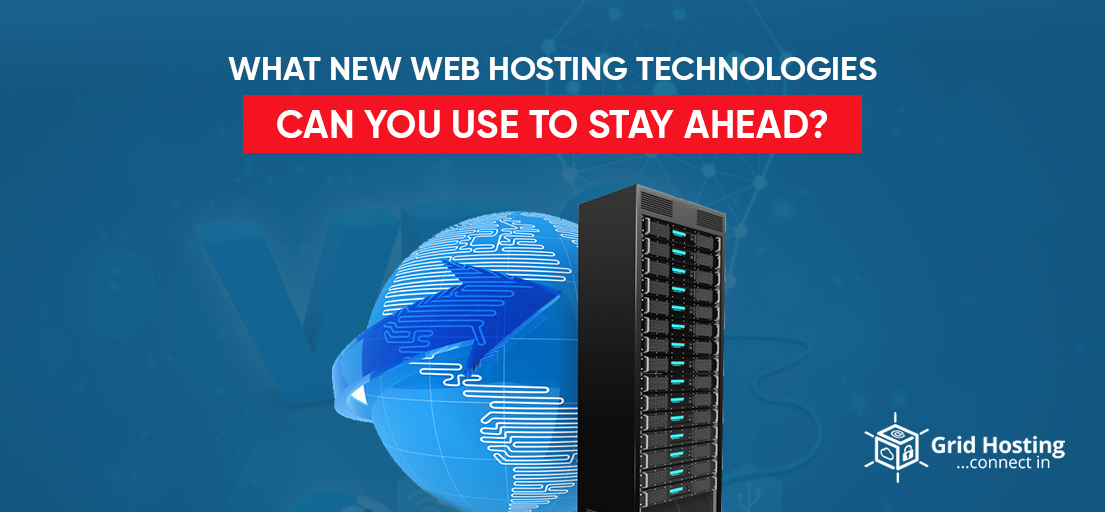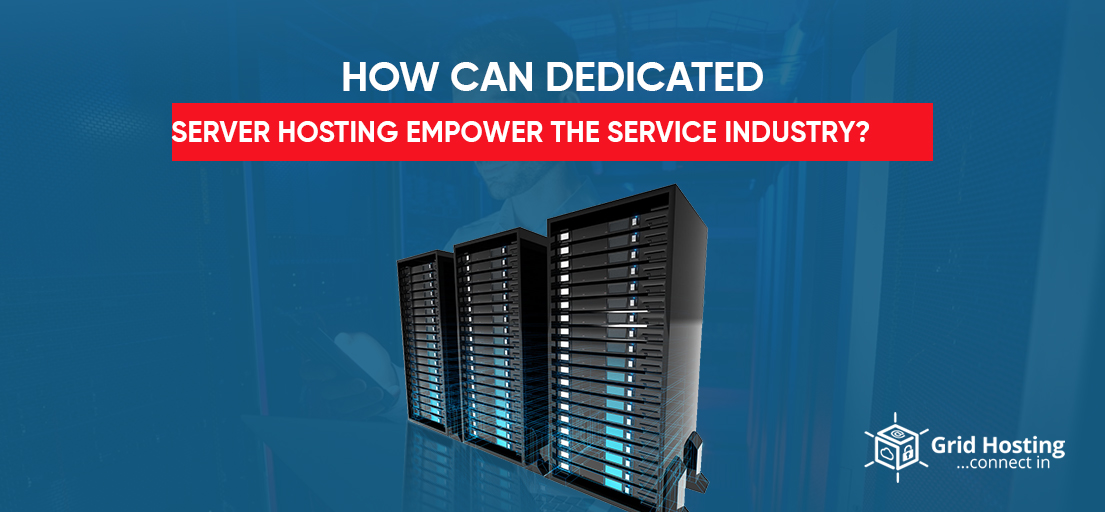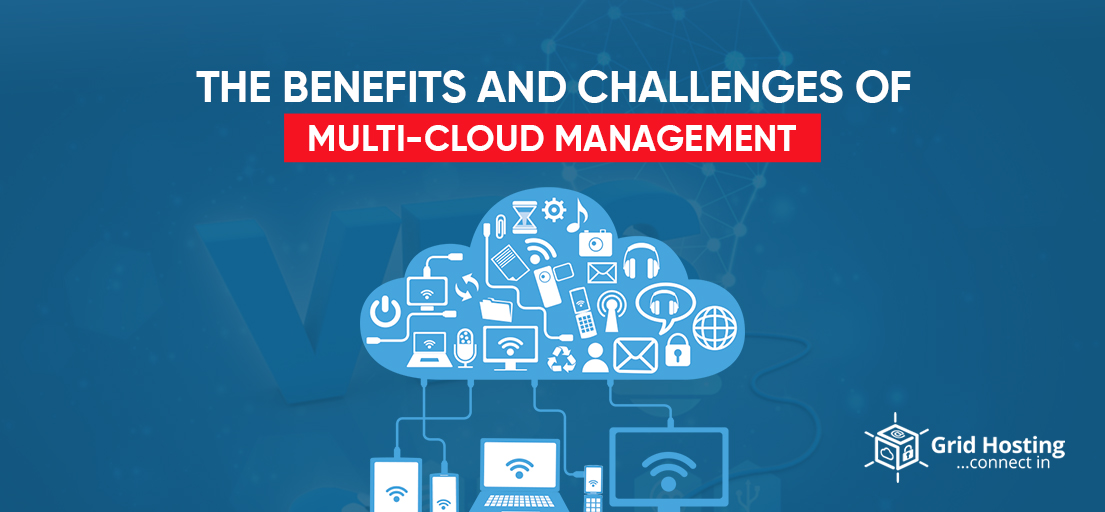We have often heard about visualization and consider it magic. However, there is something behind it that we ignore the technology behind visualization is a hypervisor
What is a Hypervisor
A hypervisor is a software that runs over the host’s computer that enables virtualization. It helps in managing different sources that are allowed to the virtual machines such as hard disk RAM and CPU etc. A hypervisor allows you to create a visualization layer on which multiple Virtual machines can be established. You might wonder how many machines can I can create on a host. Well, you can create as many as you can if your host offers enough RAM CPU to each virtual machine.
These virtual machines utilize the same hardware including the RAM hard drive and processor of the host system. Whereas every virtual machine runs on its own.
A host can have numerous machines with different operating systems which include Linux, Mac, Windows, and other types of CPU Storage.
There are two categories of hypervisors which include Type 1 and Type 2 Hypervisors. Here we will explore their difference but before that let’s have a glance at the concept of hypervisors; what is their purpose and why are they?
The job of the hypervisor is to separate the operating system and the applications in your system from physical hardware. In this way, it initiates visualization by enabling the physical host machine to operate multiple VMs on a dedicated system. These numerous Virtual machines help in improving the computing sources which include network, bandwidth, and more.
Below are going to discuss the Type 1 and Type 2 Hypervisor in detail
Type 1 Hypervisor
It is also known as a bare-metal hypervisor which runs directly on the hardware of the host. In addition, a type 1 hypervisor does not require loading a basic operating system for the purpose. As type 1 Hypervisor has direct access to the basic hardware (and no other Operating Systems and device drivers to content with) it is an ideal option for organizations who are in need of efficient computing and smooth operations.
Example
Citrix/Xen Server, VMware ESXi, and Microsoft Hyper-V.
Apart from offering smooth response hypervisors are also secure. It is because that considerable errors of an operating system are absent from type 1 hypervisors. That is why all machines run indecently and this isolation protects them from any unwanted activity or threats.
Hardware Support
The type 1 hypervisors require acceleration software and they cannot be functional without this technology. Hardware acceleration technology enables a hypervisor to complete complex tasks needed to take care of the virtual resources of the computer. Without the availability of such technology, a hypervisor has to manage these things indecently. Which might slow down the overall visualization performance and limit the number of guests on Virtual machines that a computer can host.
Type 2 Hypervisor
A visible difference between Type 1 and Type 2 Hypervisor is that you need to install type 2 on an existing operating system. Which makes it a hosted hypervisor that depends on the operating system of a host’s machine to manage different operations such as managing calls to the CPU, and taking care of network access, memory, and storage problems. That enables type 2 hypervisors to support multiple hardware simultaneously.
Example
Microsoft Virtual PC, Oracle Virtual Box, VMware Workstation, Oracle Solaris Zones, VMware Fusion, Oracle VM Server for x86, and more.
If we go back to find out the history of Type 2 Hypervisors, we see that it was invented in the old days of X86 Visualization. Those were days when the system relied on pre-existing operating systems for their operations. While the hypervisor was employed as advanced software to improve efficiency. On the other hand, the goals of both hypervisors were the same as the usage of the operating system invented a specific amount of latency. It is because every single activity performed and work of each virtual machine had to pass through the operating system of the host with type 2 hypervisors.
Hardware Support
Type 2 hypervisors rely on hardware acceleration technologies. Whereas, they have to shift on software emulation in case there is no support on the physical host system. An interesting technology known as the KVM hypervisor is an open-source Linux-Based hypervisor that is often classified as a type 1 hypervisor. That turns Linux Kernel into a bare metal hypervisor.
On the other hand, the entire system is categorized as a type 2 hypervisor due to the utilization of a functional operating system. KVM allows for full virtualization and custom-based kernels ((the core component of computer operating systems) helping you by providing an opportunity to determine limits for the use of resources.
As per the experts, there are some Linux VPS hosting providers that also utilize KVM hypervisors to form account isolation in the systems. Furthermore, Linux Kernel serves as a type 2 hypervisor which you can install with Linux Kernel in KVM hypervisor. Every virtual machine is deployed as a regular Linux Process and scheduled by the Linux Scheduler.
There is dedicated hardware with every virtual machine that includes network Cards, Memory disks Graphics, and adopters. These days Type 1 Hypervisors are widely preferred when it comes to production. Whereas, some environments like to use Type 2 Hypervisors.
Type 1 Hypervisors are ideal as there is a low workload whereas Type 2 Hypervisors is famous because of their cost-effectiveness and quick installation. That is why home users’ labs and testing environments like using Type 2 Hypervisors.
You May Also Like to Read: How Blockchain Restores Data Management Systems
Advantages of Hypervisors
Though virtual machines run on the same host machine they are separate from each other. Which maintains the privacy of every virtual machine preventing the chances of errors and crash attacks that can occur on the machines running on the same system. In addition to that, virtual machines are very efficient as they are independent of the basic hardware. You can move these virtualized servers quite easily ((as opposed to more traditional applications that are tied down to physical hardware).
VMS is an efficient solution that has become possible only through a hypervisor.
So far, we have gone through hypervisors their types, and their differences. Below we will explore the advantages and disadvantages of hypervisors.
Affordable
The stand-out benefit of hypervisors is that you don’t need to buy any physical equipment. This means it is a cost-effective solution for improving efficiency. As all the virtual machines will use one basic hardware to perform their functions. It will not only help you save the cost but space and electricity expenses as well.
Optimum Utilization of Available resources
You can optimally utilize the available memory of the virtual machines. The dynamic memory allotment in type 1 hypervisors allows Virtual machines to offer more memory capacity than a host is actually having.
User friendly
Virtual machines are user-friendly and can be managed easily from the host server. Although a virtual machine requires a few minutes to create. However, it can become a time-consuming process when multiple machine creation is required. Allocating or deallocating resources like RAM, CPU, hard-drive can be done almost instantly on the VMs
Backup
In simple words, virtual machines are just files available on the host machine. You can easily copy these files and a virtual machine can make a copy with ease on any physical backup machine. It looks just like the restore point on windows. One can make multiple screenshots for a virtual machine which allows you to create a backup of copy from a particular screenshot.
So, there might be fewer chances of outage and failures because of file corruption or any unforeseen circumstances in a virtual machine.
Drawbacks of Hypervisors
Since Virtual machines utilize shared resources for operations it can slow down your overall progress if there is not enough RAM and storage facility. On the other hand, if a host machine fails because of any reason the other machines will not work as well.
For Special discounts and offers, visit our official Facebook Page.







